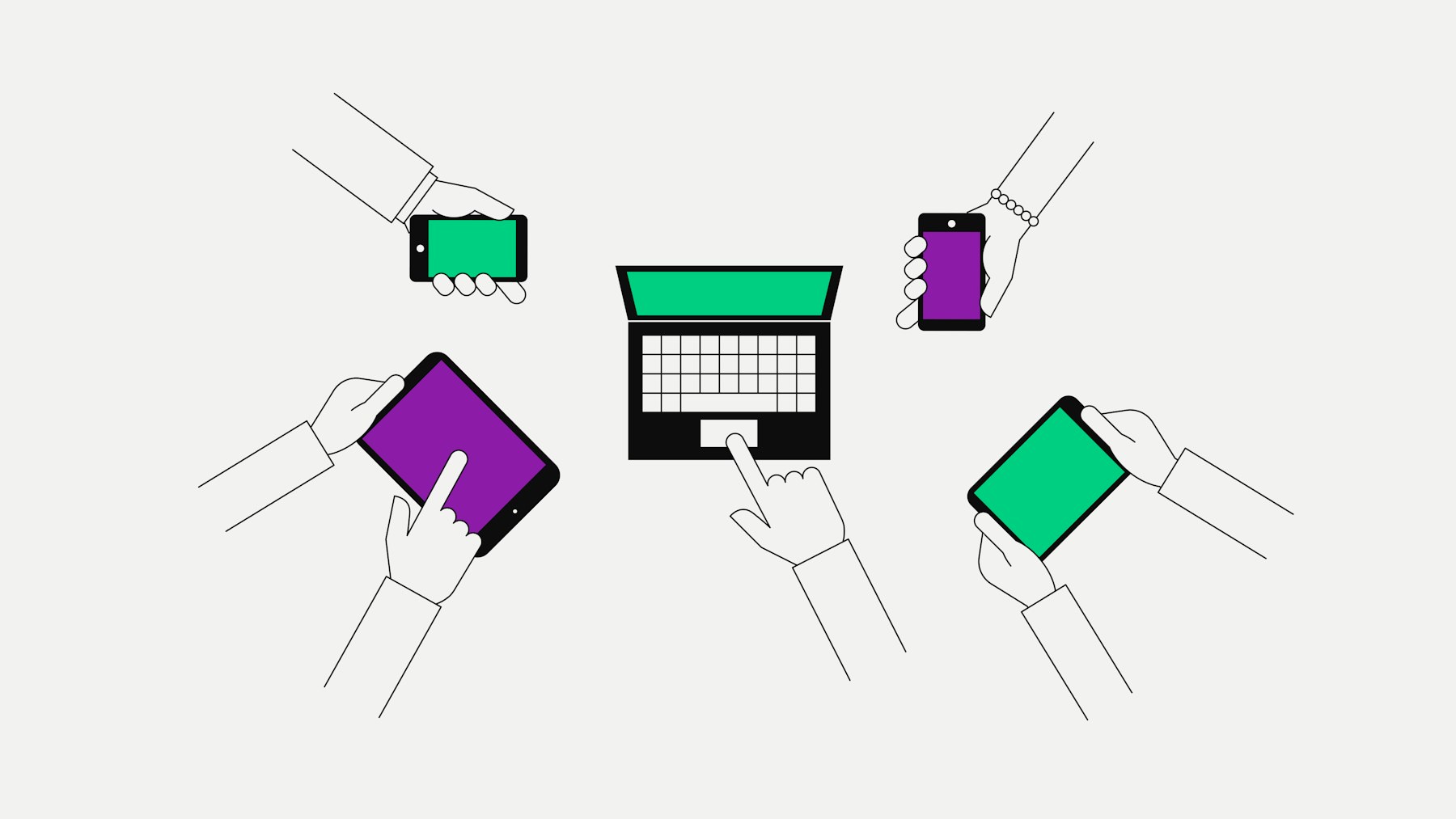Investing in DeFi
With a wallet set up and your first coins and tokens secured, your real journey in the DeFi ecosystem begins. There are many ways to invest: lend your assets to earn interest, take part in crypto staking to help secure networks, or try yield farming, where assets are optimised across different protocols to maximise returns.
To invest in DeFi, start by choosing the right platform. Look for security, ease of use and the range of services offered. Well-established platforms with active communities and proven track records are a great place to begin your decentralised investment journey.
Strategies for DeFi investing
DeFi opens up new ways to invest your money independently. To make the most of its potential while managing risks, get familiar with the key strategies:
Diversification: Spread your investments across different DeFi projects and tokens to reduce risk.
Risk assessment: Carefully evaluate the specific risks of each DeFi project before investing.
Long-term perspective: Approach DeFi with a long-term outlook to benefit from sustainable growth.
Education and continuous learning: Stay up to date with developments and tech in the DeFi and crypto space so you can understand and respond to market changes.
Use of analytics tools: Leverage data tools to make informed decisions based on trends and market signals.
What are the advantages of decentralised finance (DeFi)?
DeFi offers many benefits, including broader access to financial services, the transparency and security of blockchain, full control over your money, support for innovation and flexibility, and attractive earning opportunities beyond traditional options.
Accessibility and inclusion
DeFi makes financial services available to anyone with an internet connection, regardless of geography or social status. This supports financial inclusion, especially for people without access to traditional banking.
Transparency and security
Thanks to blockchain, all DeFi transactions are public and immutable. You can track asset movements in real time and be confident that your transactions are secure and verifiable.
Autonomy and control
DeFi gives users full control over their funds. Instead of entrusting your money to a bank or other institution, you manage your own wallet. This reduces risks such as censorship, frozen accounts or unauthorised access.
Innovation and flexibility
DeFi drives financial innovation, enabling new financial products and services not possible in traditional systems. This includes automated lending and complex digital asset trading strategies.
Earning potential
DeFi platforms offer diverse income opportunities well beyond those of conventional savings. Through staking, yield farming and other mechanisms, users can earn passive income with often higher returns than traditional saving products.
Challenges and disadvantages of DeFi
While DeFi has many advantages, there are also risks and drawbacks:
Smart contract risks
Smart contracts are the backbone of DeFi apps but aren’t risk-free. Bugs or security gaps can lead to major losses. To reduce risk, invest in projects whose smart contracts are regularly audited by third-party security firms. While not foolproof, audits add a layer of trust.
Fraud and scams in DeFi
DeFi isn't immune to scams, including “rug pulls” where developers disappear with users' funds. Conduct thorough due diligence before investing, and look for trustworthy community feedback to identify reliable platforms.
Liquidity risks
Liquidity issues arise when there aren’t enough funds to meet trading demands or withdrawals. Reduce this risk by investing in high-liquidity pools.
Volatility risks
Crypto prices can fluctuate significantly, directly affecting your DeFi investments. Long-term strategies and tools like stop-loss orders can help manage this risk.
Regulatory risks
DeFi regulations vary worldwide. This can create uncertainty and risk for both projects and investors. Keep up with laws and developments in your country and how they might affect your activities.
Technical risks
Advanced technologies come with technical weak spots. Wallet and platform security is crucial. Use hardware wallets and review security practices regularly to reduce risk.
Promising trends and developments in DeFi
DeFi continues to grow, with new platforms and tech that could reshape traditional finance. From Uniswap’s liquidity model to MakerDAO’s DAI stablecoin, Aave’s lending services and powerful Layer-2 solutions, DeFi is evolving fast.
Uniswap
A leader among decentralised exchanges (DEXs), Uniswap made headlines with its user-friendly interface and automated liquidity model. It enables direct swaps between Ethereum and ERC20 tokens, empowering users with full control and greater transparency.
MakerDAO
MakerDAO pioneered stablecoins with DAI, a token pegged to the US dollar. Users generate DAI by overcollateralising loans, offering a stable value in a volatile market. MakerDAO supports DeFi stability and growth by providing a trusted medium of exchange.
Aave
Aave (AAVE) is a top platform for crypto lending and borrowing. Users can earn interest or take out loans secured by their crypto. With its advanced features, Aave has opened up new strategies and added complexity to the DeFi space.
Layer-2 solutions
To solve Ethereum’s scalability and cost issues, Layer-2 solutions like Optimism (OP) and Arbitrum (ARB) are gaining ground. These process transactions off-chain to improve efficiency and speed while maintaining security. They’re crucial for scaling DeFi for wider adoption.
